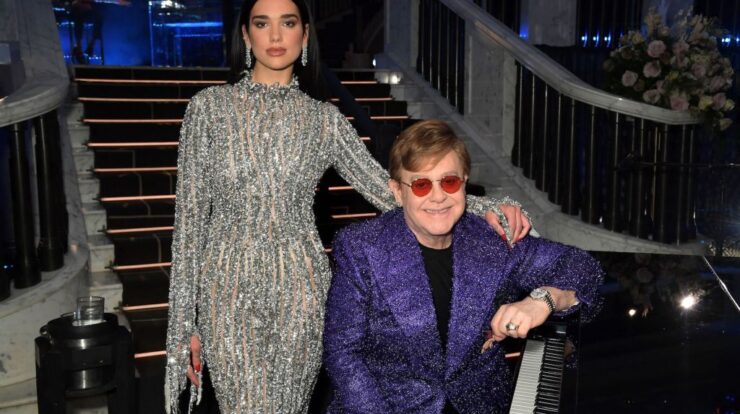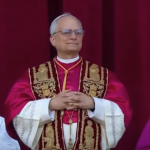
When did the St. Malachy Prophecy initially surface, and what were the reasons it remained concealed for hundreds of years?
A centuries-old book hidden in the Vatican’s archives, predicting every pope and hinting at the end of the world.
Here lies the tale of the St. Malachy Prophecy, an enigmatic document that emerged following the passing of Pope Francis in April 2025.
Reportedly penned by an Irish saint during the 12th century, this prophecy enumerates 112 popes, concluding with a person referred to as “Peter the Roman.” It is foretold that his pontificate may precipitate disastrous occurrences.
However, what implications does this hold for mankind, and ought we regard it with seriousness? Let us delve into this age-old prophecy and its uncanny link to our present-day reality.
What Does the St. Malachy Prophecy Entail?
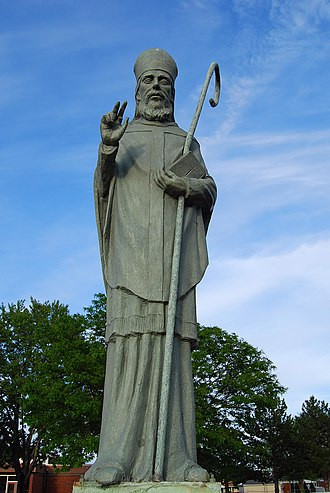
The St. Malachy Prophecy, also known as the Prophecy of the Popes, is a collection of 112 short Latin phrases, each thought to describe a future pope starting from 1143.
As the lore goes, St. Malachy, who was an Irish archbishop, experienced a vision when visiting Rome in 1139. During this revelation, he foresaw all the popes up to the end of time and penned enigmatic descriptions for each one.
The manuscript was believed to be missing until 1595, when a monk named Arnold Wion rediscovered and published it.
Some think it precisely depicted popes until 1590, whereas others contend it was fabricated for political motives since its forecasts turn unclear beyond that point.
The last part of the prophecy is the most disturbing. It mentions “Peter the Roman,” who will oversee the Catholic Church amidst significant upheaval, followed by the destruction of Rome, known as the city with seven hills. After this event, a fearsome judge will pass judgment on mankind.
Numerous people view this as an indication of the impending apocalypse, potentially around 2027, according to the chronological framework outlined in the prophecy.
Why It’s Relevant Now
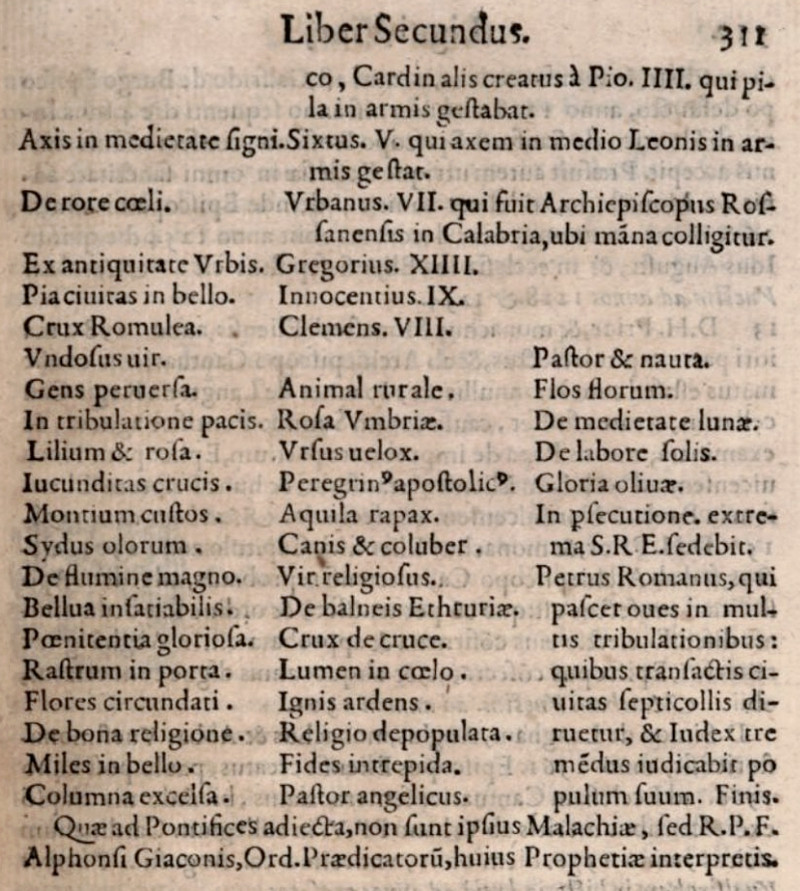
Pope Francis, who died at 88 after a stroke, is considered by some to be the 112th pope in the prophecy, though others believe the next pope will fulfill the “Peter the Roman” role.
The timing is striking: three of the top candidates to replace Francis—Cardinals Pietro Parolin, Péter Erdő, and Peter Turkson—have the name Peter, fueling speculation.
The reference to 2027 in the prophecy introduces a sense of urgency, particularly with the backdrop of worldwide issues such as conflicts and environmental worries, which certain individuals interpret as indicators of the anticipated upheaval.
Nevertheless, experts advise prudence. Scholars such as papal historian Anura Guruge refer to the prophecy as a “fraud,” noting that it remained obscure for more than four centuries following St. Malachy’s demise and might have been crafted to sway a papal election in 1590.
The Bible similarly cautions against attempting to predict Judgment Day, with Matthew 24:36 stating that only God knows when this event will occur.
Should We Be Worried?
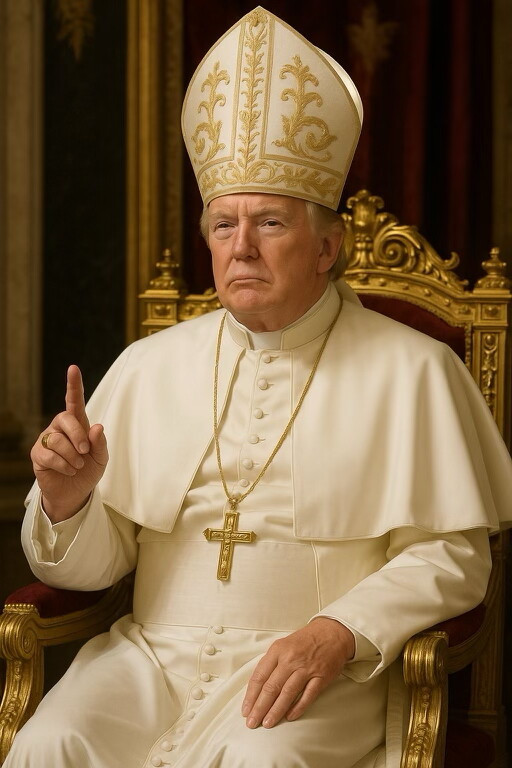
The St. Malachy Prophecy sparks the imagination, yet its genuineness is doubtful.
Although certain phrases appear to align with previous popes—for instance, “Gloria Olivae” (Glory of the Olive) for Pope Benedict XVI, who has ties to the Olivetan Benedictines—the associations frequently come across as contrived post-1590.
Critics contend that it’s simple to retroactively apply ambiguous statements to any pope. Nevertheless, the prophecy’s grim prediction concerning “Peter the Roman” and the devastation of Rome ensures its continued relevance in pop culture, featuring in various books and documentaries.
Currently, the Catholic Church is concentrating on selecting a new Pope via a conclave, an undertaking that might last several weeks.
Regardless of whether the subsequent pope bears the name Peter or not, this prophecy acts as a testament to mankind’s enduring preoccupation with foretelling what lies ahead.
Although it might be alluring to view it as a guide to an apocalyptic future, it’s prudent to meet it with doubt and concentrate on the here and now.
You may also wish to check out:
Who Is Robert Francis Prevost, the Cardinal Who Was Elected as Pope?


